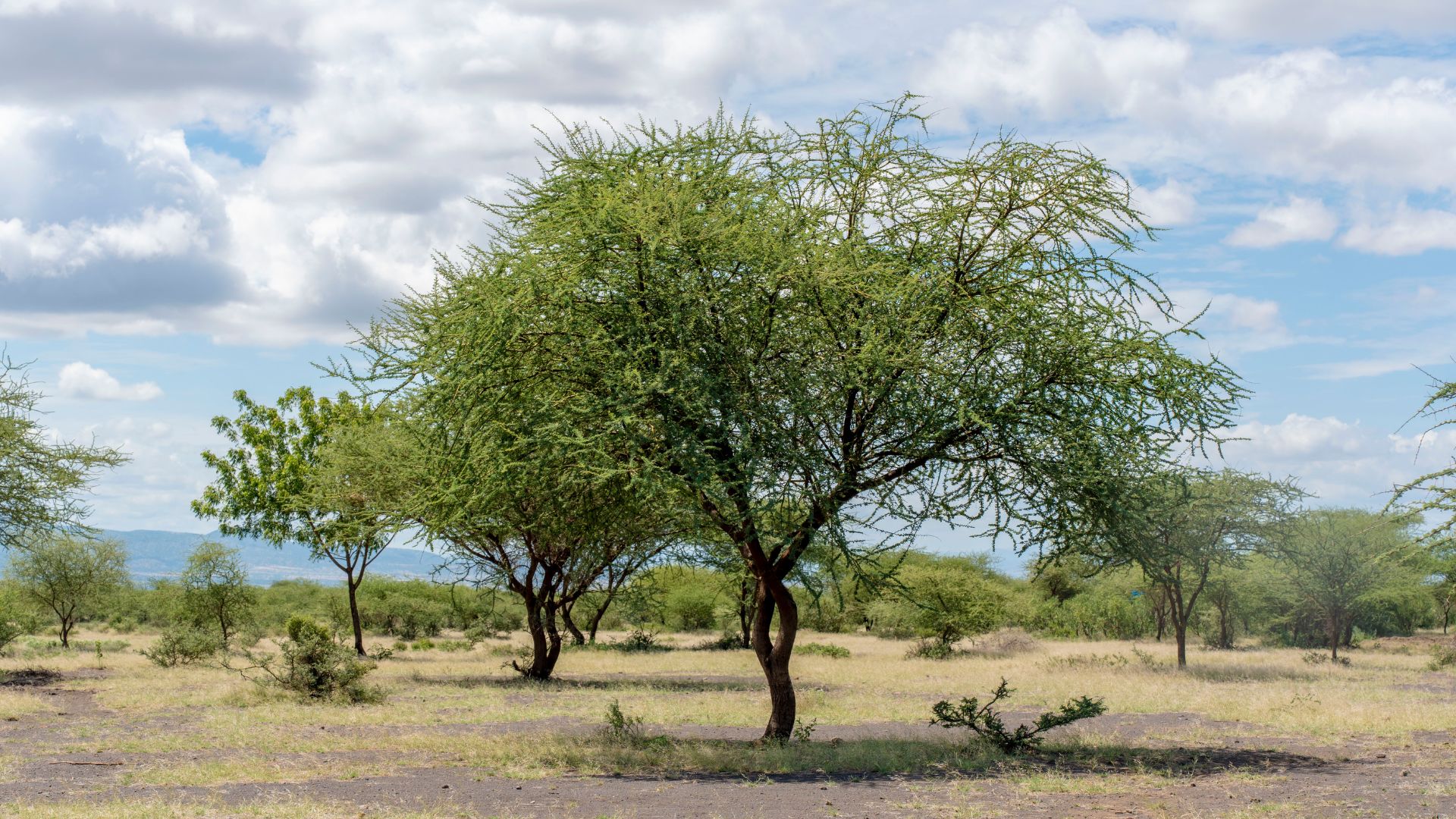
Why we work as a social enterprise
At Treebytree, we don’t just act like a social enterprise, we are one. But what does that really mean? Why did we choose to be one and why does it matter to our clients, partners, and the planet?
A social enterprise isn’t your typical company (we wish it was). Yes, we care about revenue because sustainability requires resources, but purpose comes first. Profit is just one part of a much broader mission. A true social enterprise embeds environmental and social goals into its core, placing them side by side with financial ones. That means success isn’t just measured in sales, but in impact.
Some assume that only NGOs can drive this kind of mission-led work. While many NGOs do operate like social enterprises, they represent just a slice of what’s possible. Social enterprises come in all shapes, non-profit, for-profit, and hybrid, and what unites them is not structure, but purpose.

1970 - first steps of social enterprises
The concept isn’t new. It’s been around for over 50 years, first emerging in the UK as a response to traditional business models that prioritized profit over people. Since then, the idea has evolved, but the heart of it hasn’t. Business can and should be used as a force for good.
Recognizing that everyday activities create impact, positive and negative, is non-negotiable. Small actions add up. Take printing, for example. It’s easy for businesses to rack up thousands of unnecessary printed pages: contracts, brochures, and meeting notes, all contributing to resource waste. Sure, digital alternatives are better, but even the digital world consumes energy. Servers, cloud storage, streaming, AI, it all has it’s footprint. (And yes, AI deserves its own blog post. Because as powerful as it is, it’s energy-hungry. More on this soon). The point is: everything counts. Being a social enterprise means paying attention to these details, not just the big, flashy solutions.

Not just a trend. It's the only way forward.
At Treebytree, we believe the future of business is social by design. We don’t see it as a trend; we see it as the only way forward. Because if we’re serious about solving the climate and social crises we face, then ‘business-as-usual’ just won’t cut it. Big companies might take longer to shift, but transformation is possible. And if there’s a place to believe that change can happen, it’s right here!